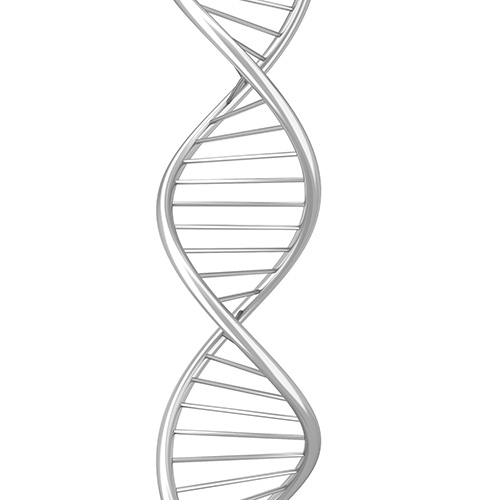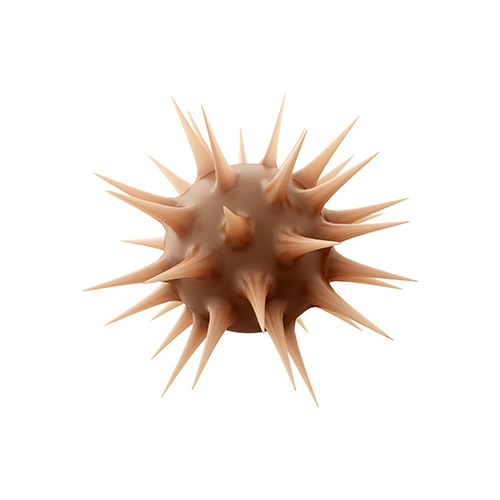The appearance of mutations/errors in cells can be the consequence of different factors. A gene can carry a certain hereditary mutation (which increases the risk of developing a certain tumour type), but environmental factors and hormones can also contribute to the development of a tumour.



